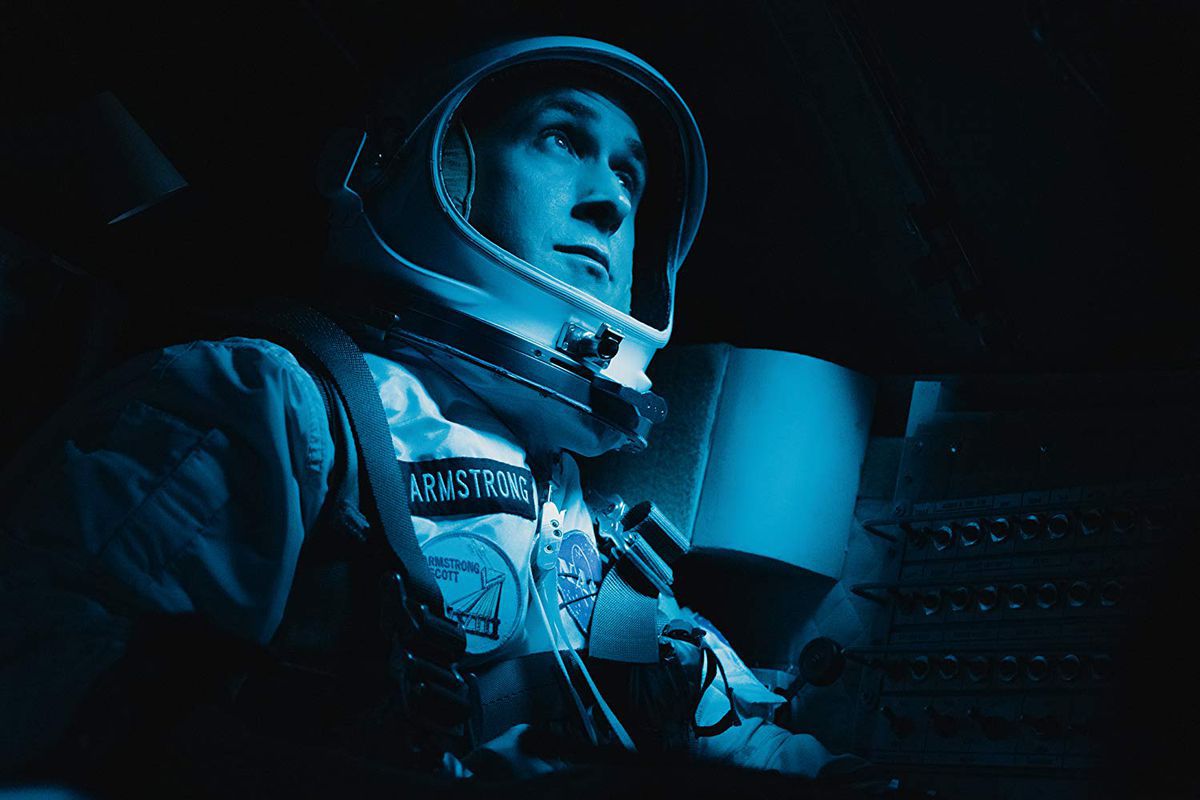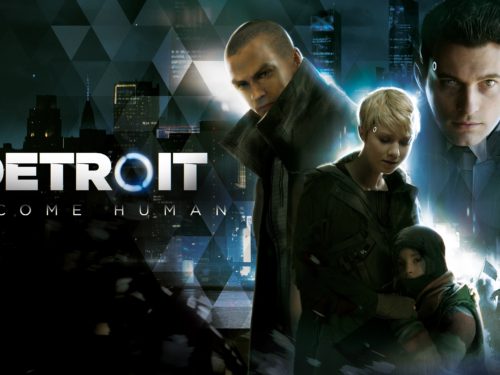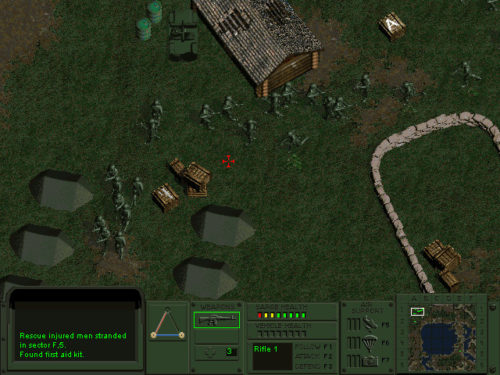History has a bad habit of detaching the past from the present. The past is framed in textbooks, fleshed out into novels and re-staged as narratives for the screen. Through time, the events of our life become just another fable. In the process, humanity is lost. The biopic genre is built on this industry of myth-making. People are transformed into characters, their lives into perfect three-act structures. It’s a habit that seems innate to the medium, and one that director Damien Chazelle seeks to shatter in First Man, an intimate story of NASA’s mission to the moon and the man who first broke its soil.
Ryan Gosling plays Neil Armstrong, focusing on the years 1961 to 1969. Gosling’s interpretation of Armstrong is mostly stoic, a noble workman who resists showing emotion even in the face of certain disaster. It’s the exact kind of subtle, silent acting that has made Gosling a star — as well as a bit of a punchline. He’s not exactly breaking free of his ‘strong, silent’ archetype. But rather than simply smoulder for the camera, Gosling shows constant depth in his portrayal of a father torn between family and passion. Small moments of fragility define this performance and provide a source of tension in the face of an obvious conclusion.
These subtleties are captured by Chazelle in extreme closeups. His camera aims to be invisible, focusing on the same elements that viewers would naturally capture with their own eye. In the film’s most active moments, the frame violently shakes while cutting from one minute detail to another. In his eyes the Gemini and Apollo shuttles are not spaceships, but rather thin sheets of metal filled with wires, gas and gears. It’s a humanizing take on mankind’s most epic accomplishment, violently humble in the face of extreme hubris.
In a powerful supporting performance, Claire Foy brings a needed energy as Armstrong’s first wife, Janet Shearon. Foy’s intensity widens the film’s overall perspective, allowing a voice outside Armstrong’s unshakable commitment to the mission. As death looms over the space race, Janet shoulders a burden that could come at any moment. It’s an attention-drawing performance, but she is critically under-used in the film’s final act. Chazelle seems more obsessed with the galactic spectacle of landing than the human struggle on Earth.
While First Man is attentive to detail, it doesn’t strain itself to cover every beat of NASA’s Gemini and Apollo missions. Like a personal memory, it hops between the moments that complete Armstrong’s emotional arc. Threads are left incomplete, and purists may even squirm at the exclusion of historic moments. The film is slavish not to historical accuracy, but emotional accuracy. It wants to bring audiences into the souls of these figures that may only feel like names in a textbook. The result is a film that will inevitably divide audiences, compelling those who fall under its starry spell, boring those who simply turned up for “the most dangerous mission in history.”
Regardless of how mainstream audiences react to First Man, there’s little doubt that it will leave an impact on them. Perhaps not a single given scene, or a stunning performance, but a lingering emotional memory that will echo every time they look up to the moon and recall the men who gave nearly everything to prove what humankind could accomplish.
Follow Chris and Split Tooth Media on Twitter
Feature image courtesy of Universal Pictures
(Split Tooth may earn a commission from purchases made through affiliate links on our site.)




